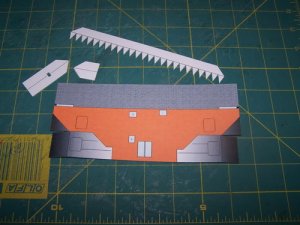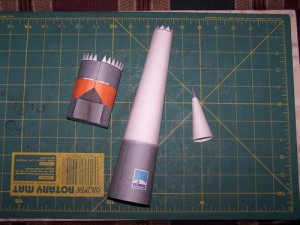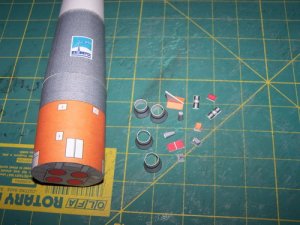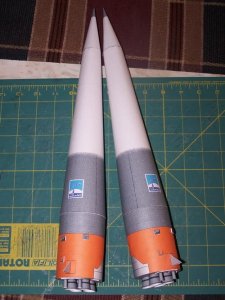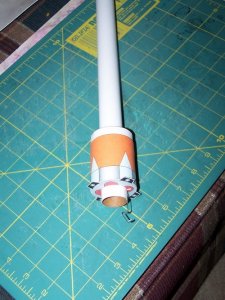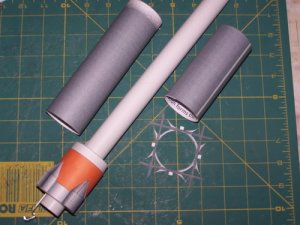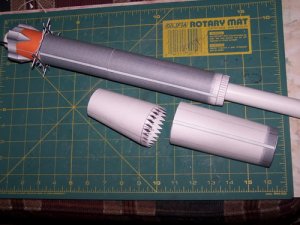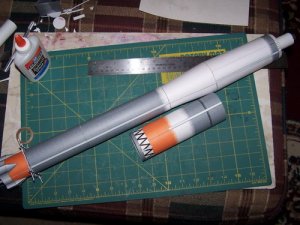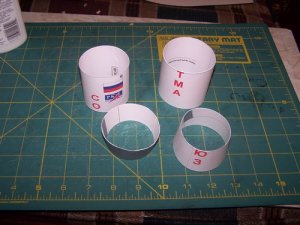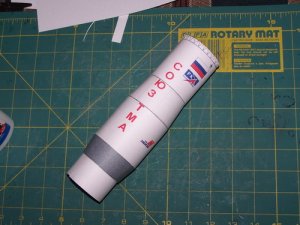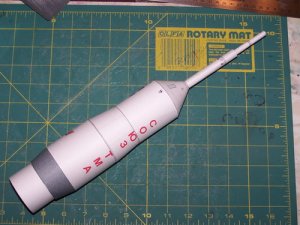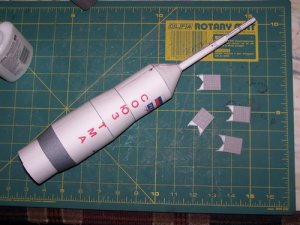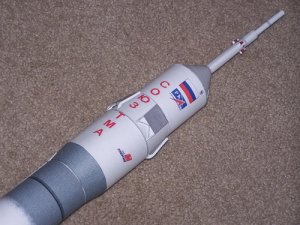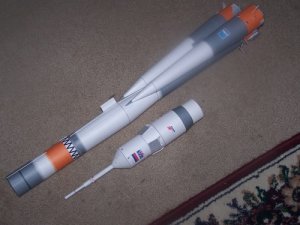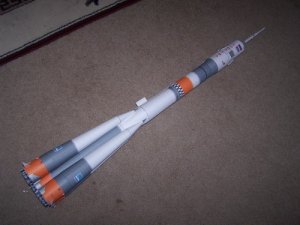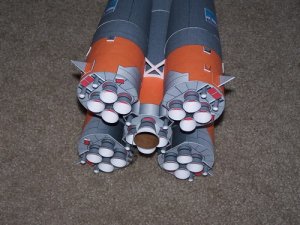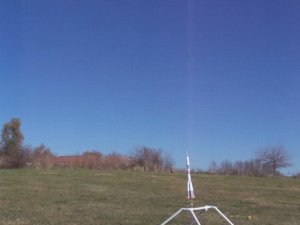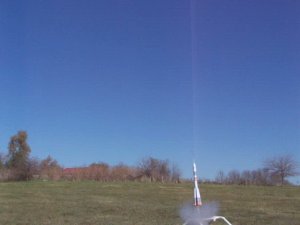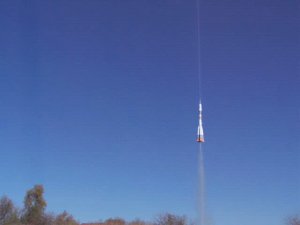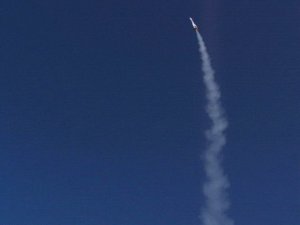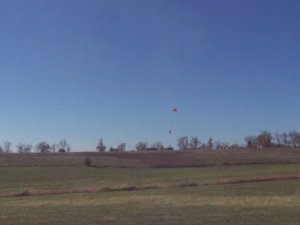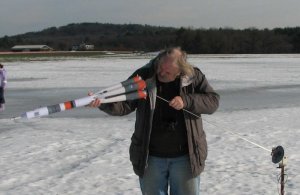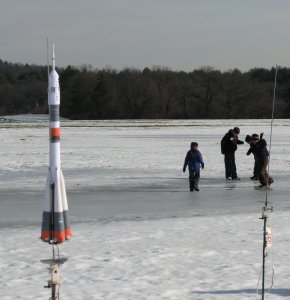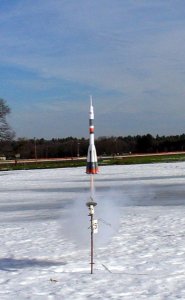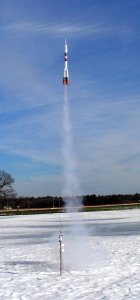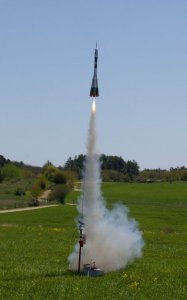I haven't posted here in some time, so I thought I'd get beack into the forum with the build thread of Ton Noteboom's Soyuz. The model was designed with flight modifications in mind, with provisions for clustered motors, one in the second stage and one more in each of the boosters. In the interest of simplifying what was going to be a complex build in the first place, I decided to go with a single central engine.
I began by building the boosters. No real complications other than it taking a fair bit of time, as there are four of things to construct. I begin to get the feel for the scale of this bird. It is not a small model.
I began by building the boosters. No real complications other than it taking a fair bit of time, as there are four of things to construct. I begin to get the feel for the scale of this bird. It is not a small model.


